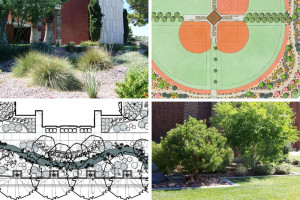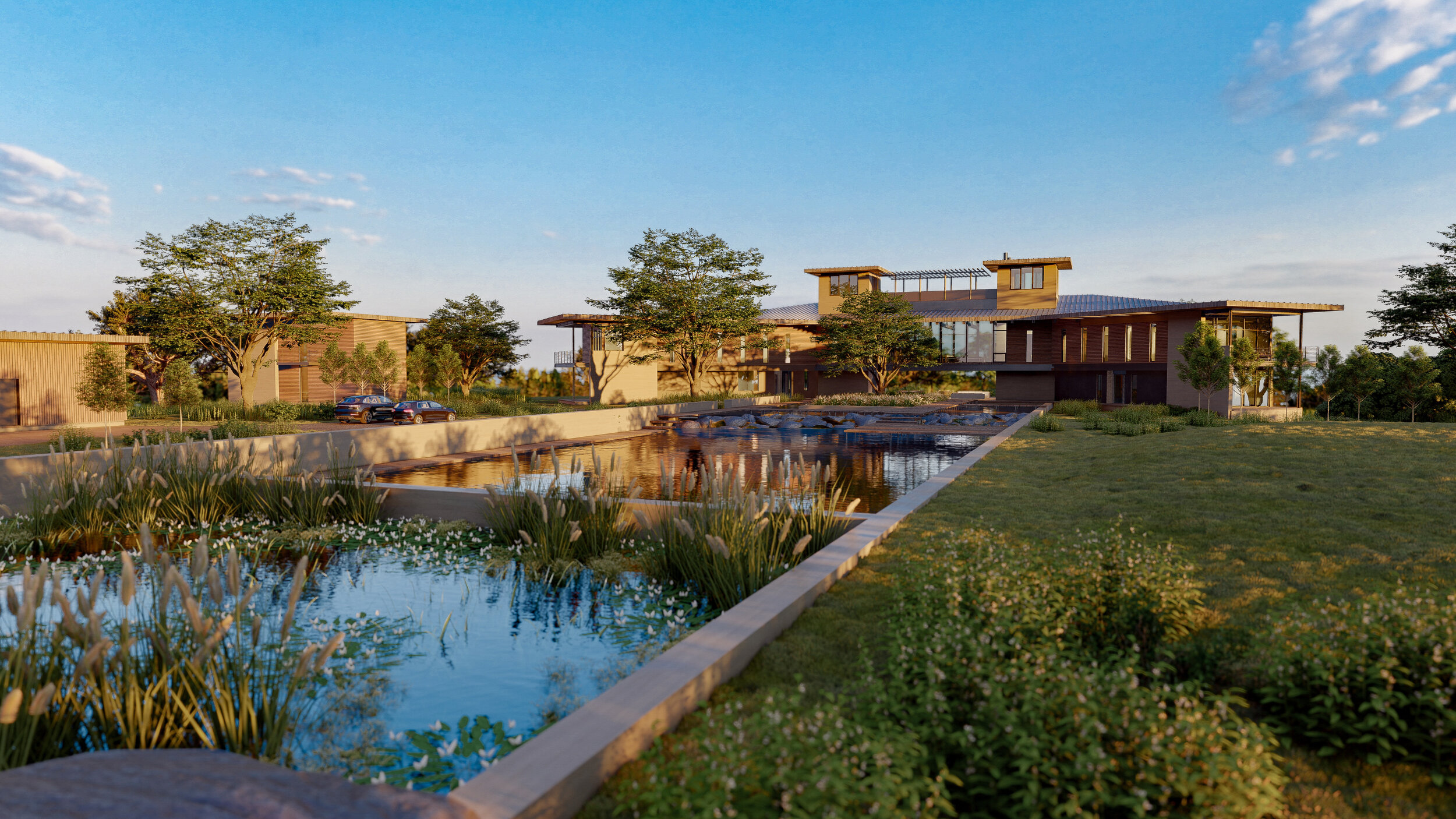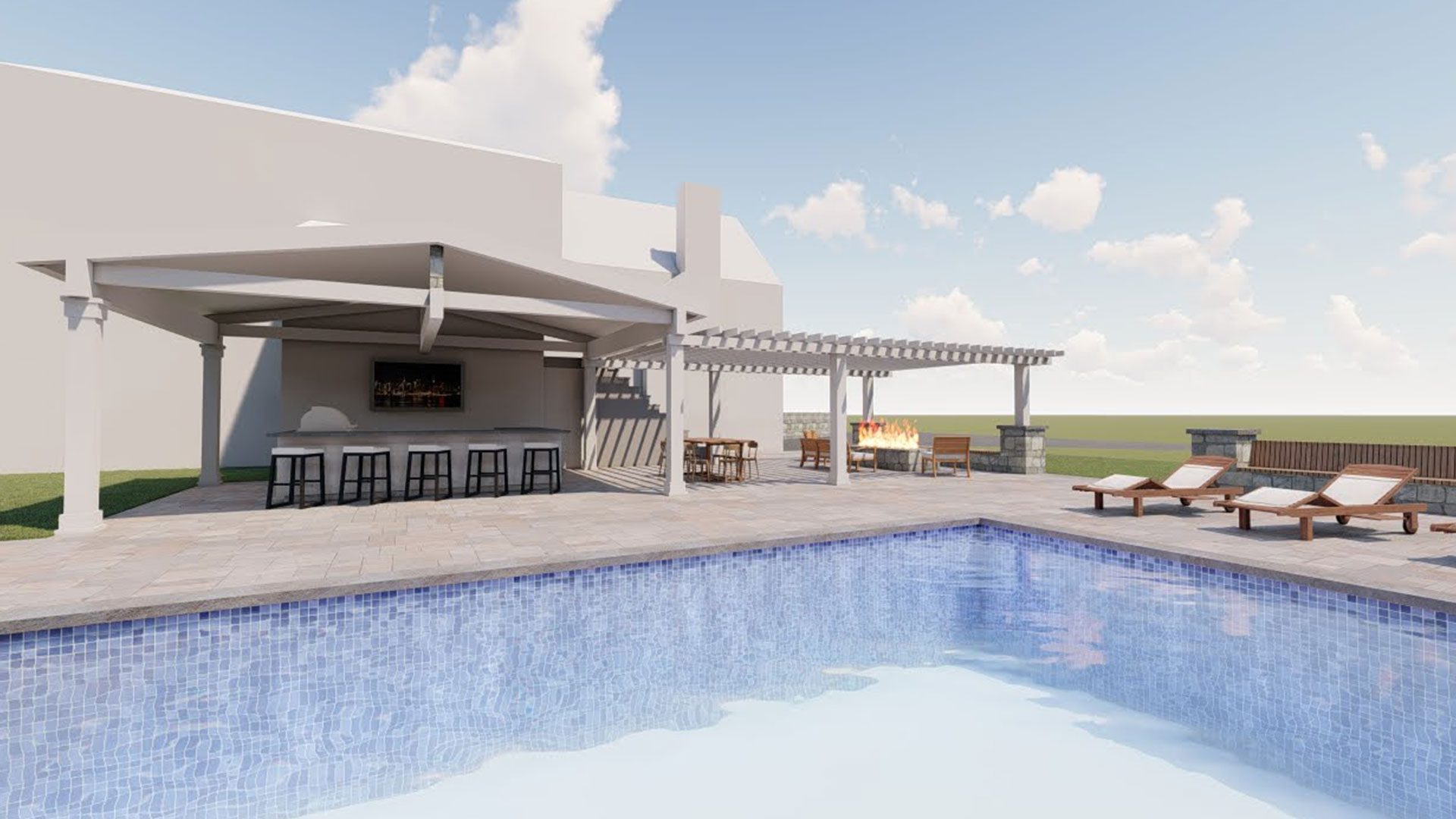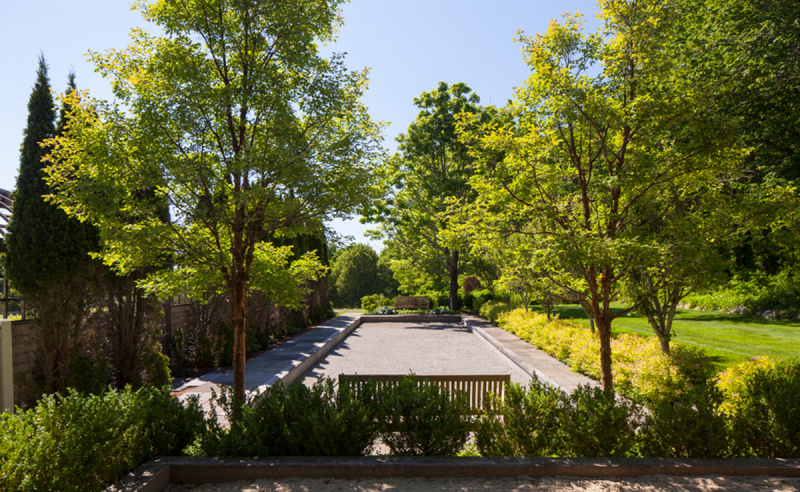The Greatest Guide To Landscape Design
The Greatest Guide To Landscape Design
Blog Article
Landscape Design Can Be Fun For Anyone
Table of ContentsThe Ultimate Guide To Landscape DesignThe Landscape Design DiariesAn Unbiased View of Landscape DesignSome Known Facts About Landscape Design.The Ultimate Guide To Landscape Design
Official design motif. Credit: Gail Hansen, UF/IFAS The lawn is an extension of the home where a variety of tasks happen. A backyard can usually be divided into 3 areas: public (the front lawn), personal (the backyard), and service (generally the side backyard). The place of task locations depends largely on the sort of location, the size of space needed, the sort of task, and the preferred closeness to various other tasks and structures.The outdoors wall surface of your home typically serves as the very first wall surface or beginning point of an outdoor space. Inappropriate uses must be separated, and associated tasks, such as food preparation and dining, ought to be assembled to make the backyard more efficient and delightful. When making use of hardscape to create spaces, utilize building material comparable to that made use of in the residence for continuity from your house into the garden.
Linked areas. Credit History: Gail Hansen, UF/IFAS Using comparable hardscape features and duplicating plants pulls the eye around the garden.
Excitement About Landscape Design

For mental comfort plants are made use of as physical or suggested barriers for privacy and security. Physical barriers obstruct both the sight and accessibility to a room and consist of fences, walls and plant bushes. Implied barriers, normally reduced growing plants, obstruct gain access to however not the view (Figure 9). Other functions of plants include cleaning the air, avoiding erosion and soil loss, preserving moisture in the soil, and returning organic matter to the soil.
Physical and indicated barriers. Debt: Gail Hansen, UF/IFAS For these factors, the kinds of plants to be utilized (such as trees, shrubs, or groundcovers) ought to be chosen in the beginning of planning (Landscape Design). Plant kinds are chosen for their practical capabilities to make sure that their future purpose and required area can be taken into consideration at the very same time

Little Known Questions About Landscape Design.
Each plant mass remains in front of, behind, or alongside, one more mass. Number 11. Straight plant layers. Credit Rating: Gail Hansen, UF/IFAS Number 12. Vertical plant layers. Landscape Design. Credit Scores: Gail Hansen, UF/IFAS Repeating plants within a mass and repeating masses with similar plants ties the yard together. The specific plant features must be taken into consideration to successfully layer and mass plants.
All plant compositions start with the primary framework plants, the large, mostly evergreen history plants-such as the trees and large hedges. These plants separate or enframe areas, manage the size of the space, and give the beginning point for picking the suitable qualities of the second layer, midground plants, for massing and infill.
Essential points in the yard should be highlighted by the usage of distinct plants, distinct structures, or yard accessories. Marking thresholds or entries to spaces can be done with gateways, arbors, and actions, or via making use of special and vivid plants. The form and/or design motif of the yard will often assist figure out the important factors and just how they should be highlighted.
Various other important locations in the backyard are focal factors, see here which is made use of to aesthetically arrange a landscaped location. Different viewpoints or viewpoints can disclose different compositions in the landscape that might need a variety of focal points.
Landscape Design Fundamentals Explained

Figure 13. Plant kinds. Credit History: Gail Hansen, UF/IFAS After form, texture is the next dominant function of a plant; coarse, medium and fine structures can be utilized for contrast and focus in the landscape. Form and appearance both trump shade in the garden for most of the year. Throughout certain periods, shade will certainly Click Here be the most recognizable attribute of the yard.
The positive fragrance of plants, the audio of wind in the trees, the audio and appearance of water, and the shades and appearances of sculptures, pots and yard furniture all contribute to the experience of the yard. One detail that is typically forgotten is the impact of light on the aesthetics of the plants.

8 Easy Facts About Landscape Design Explained
It is essential to recognize the ultimate mature dimension of plants so they can be put in the right place and spaced properly when they are installed. Offering plants area to grow is an obstacle since the common mature dimension is generally based on optimum expanding problems and the environmental problems of a site may cause a plant to expand bigger or remain smaller.
Report this page